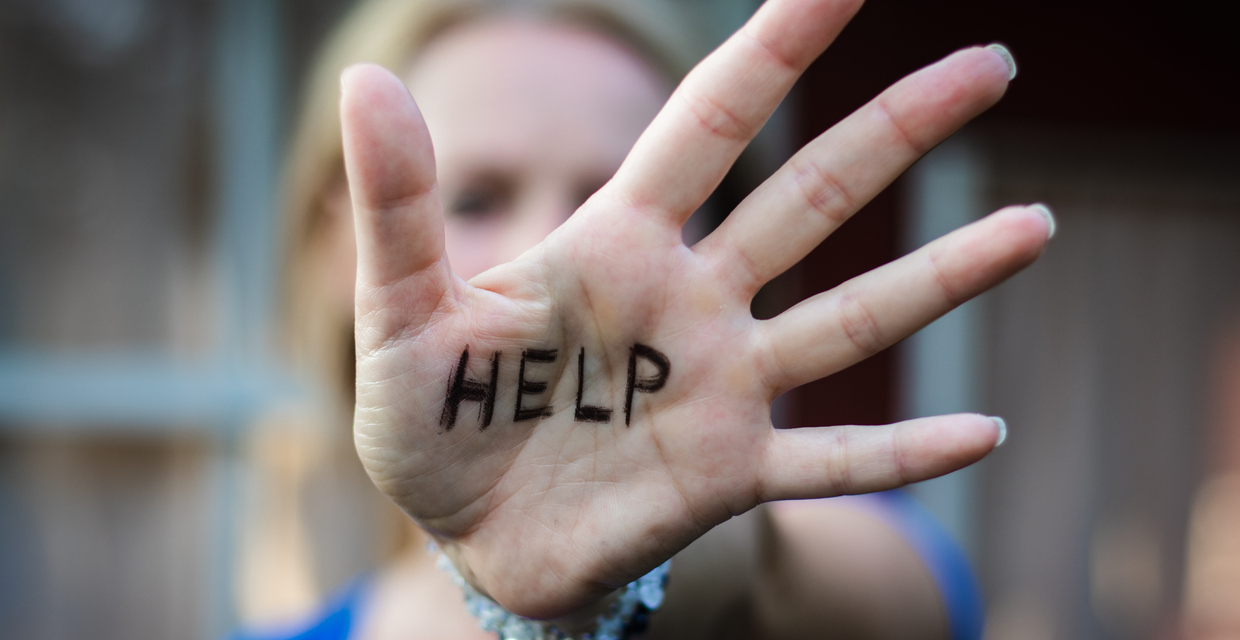Breaking the Cycle | Important Facts about Domestic Violence
الجسم
Domestic violence is a deeply concerning issue that affects individuals, families, and communities worldwide. In order to address this pervasive problem, it is crucial to understand the key facts surrounding domestic violence. By shedding light on the prevalence, impact, and underlying factors, we can work towards breaking the cycle of abuse and creating a safer society for all.
Prevalence of Domestic Violence
The first step in addressing domestic violence is acknowledging its widespread occurrence. According to global statistics, approximately one in three women and one in four men have experienced some form of physical violence by an intimate partner in their lifetime. These figures highlight the urgent need for action and intervention to protect vulnerable individuals.
Patterns of Abuse
Domestic violence is not limited to physical aggression alone. It encompasses various forms of abuse, including emotional, sexual, and financial. Abusers often employ a cycle of power and control, using manipulation, intimidation, and isolation to maintain dominance over their victims. Recognizing these patterns is crucial in identifying abusive relationships and providing appropriate support.
Barriers to Seeking Help
Many survivors of domestic violence face significant barriers when attempting to seek help. Fear, shame, financial dependence, cultural norms, and lack of awareness about available resources can hinder individuals from reaching out for assistance. It is crucial to address these barriers and ensure that comprehensive support systems are in place to facilitate safe reporting and access to necessary services.
Long-Term Consequences
The impact of domestic violence extends far beyond the immediate crisis. Survivors often face long-term physical and mental health challenges, including chronic pain, post-traumatic stress disorder, depression, and substance abuse. These consequences highlight the urgent need for holistic support, including medical care, counseling, and rehabilitation services.
Importance of Prevention and Education
Breaking the cycle of domestic violence requires a multifaceted approach that includes prevention and education. Promoting healthy relationship models, consent education, and bystander intervention programs can help shift societal norms and attitudes, fostering environments that reject violence and prioritize respect. Early intervention through comprehensive educational programs is crucial in equipping future generations with the tools to break the cycle.
Conclusion
Understanding the important facts about domestic violence is essential in tackling this pervasive issue. By acknowledging its prevalence, impact, and underlying factors, we can develop effective strategies to break the cycle of abuse. Through increased awareness, robust support systems, prevention efforts, and education, we can create a society that values respect, equality, and safety for all.











تعليقات